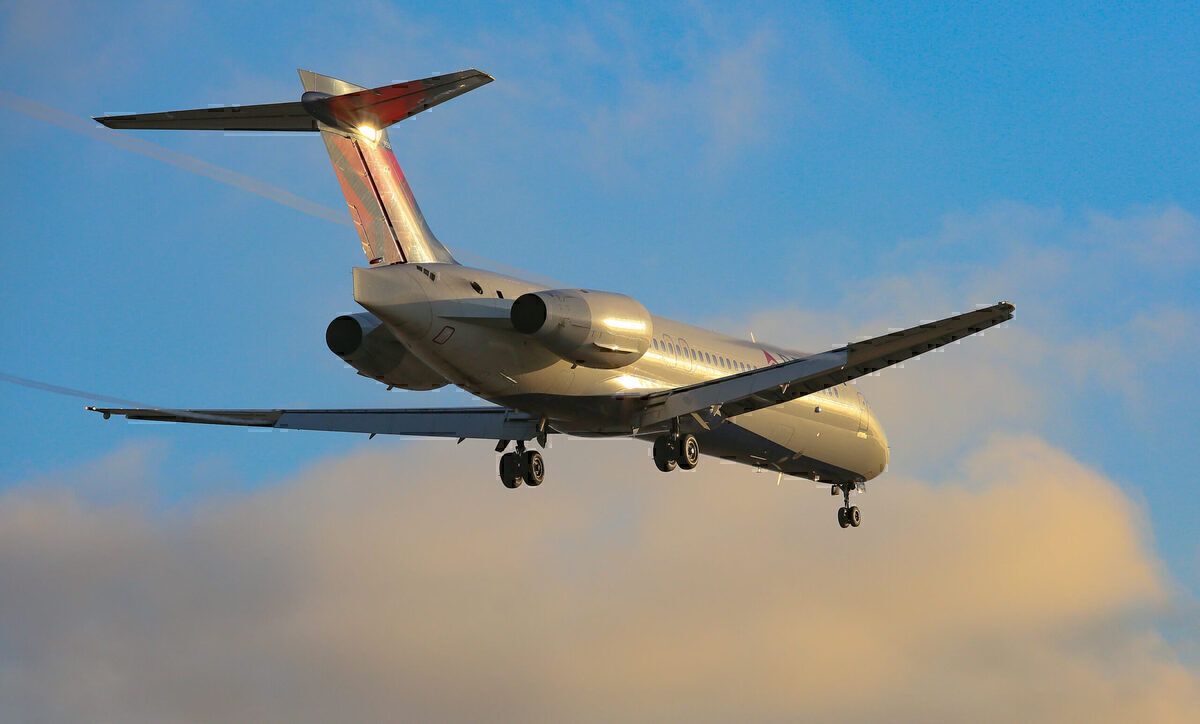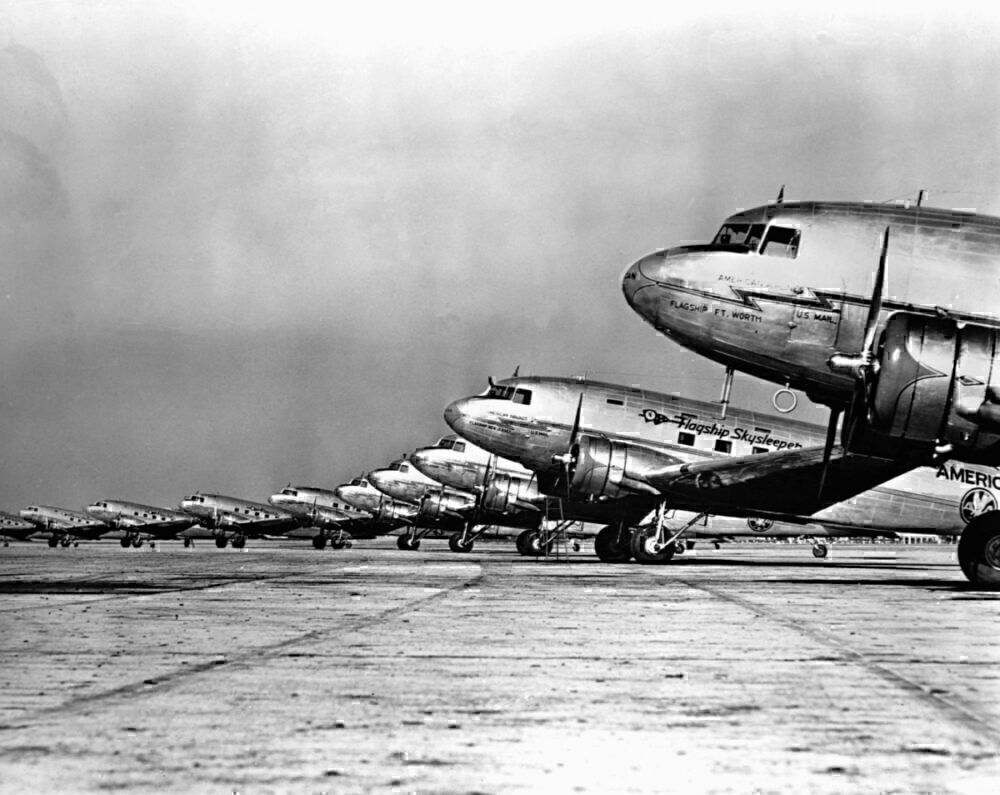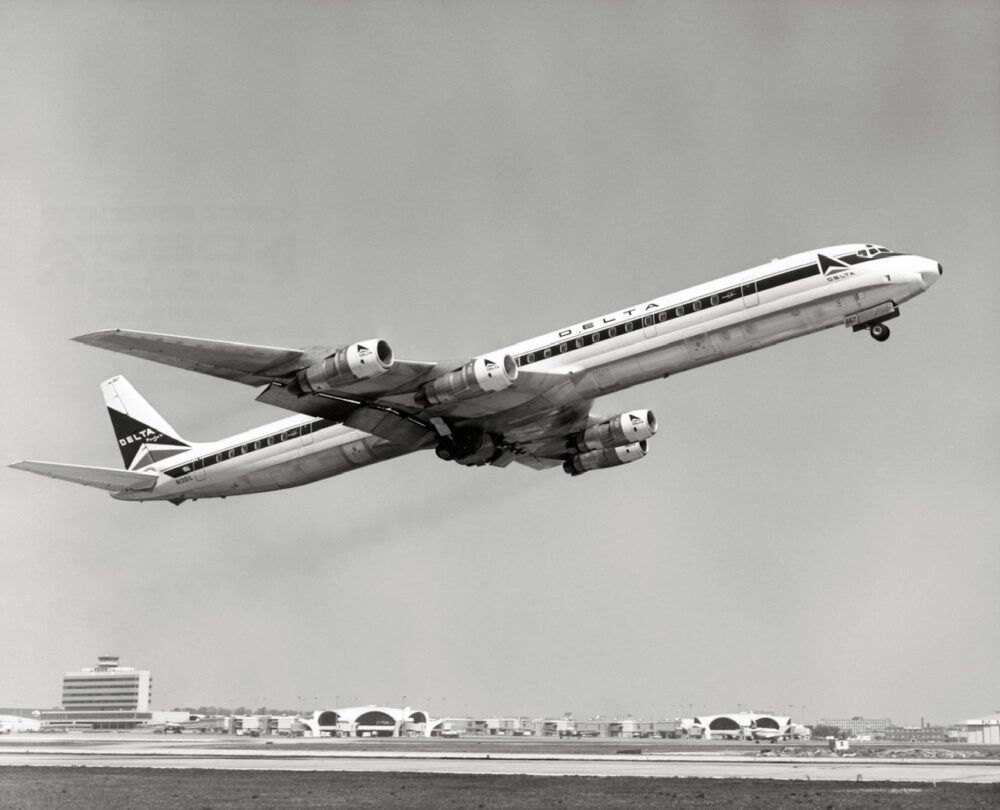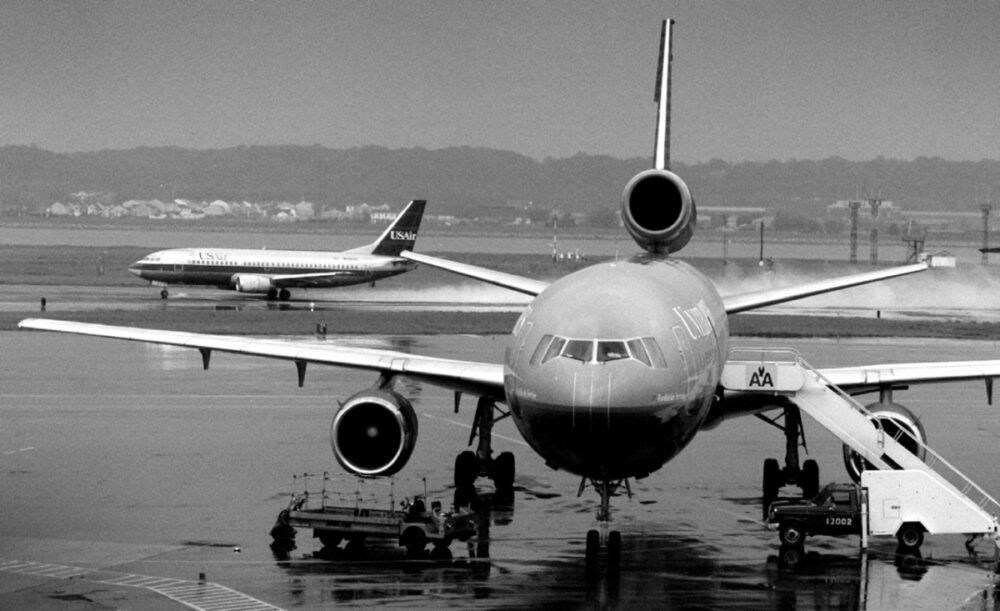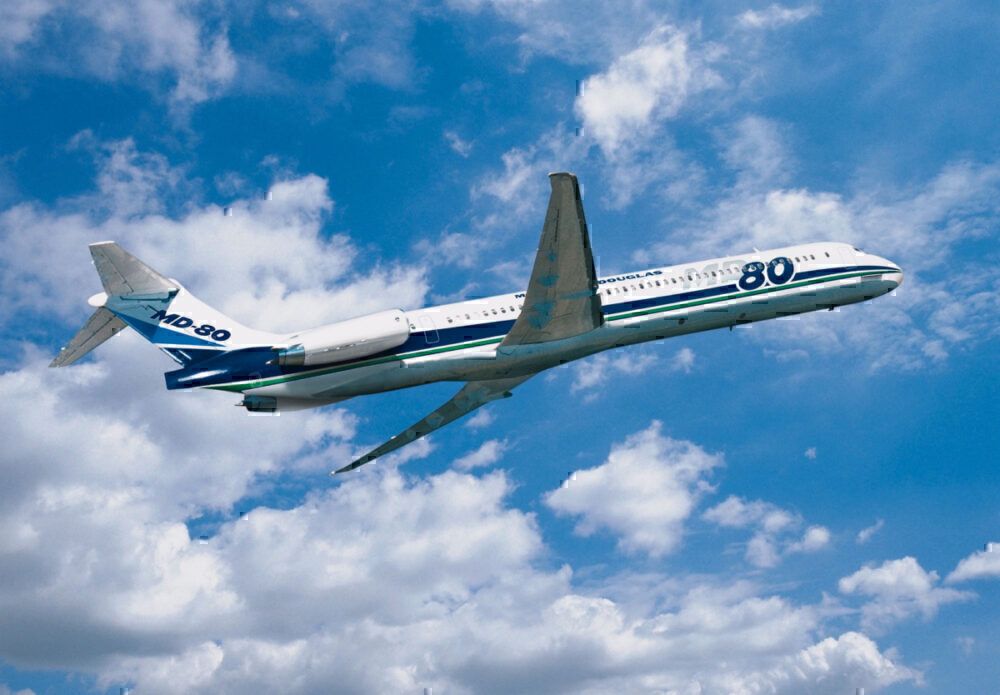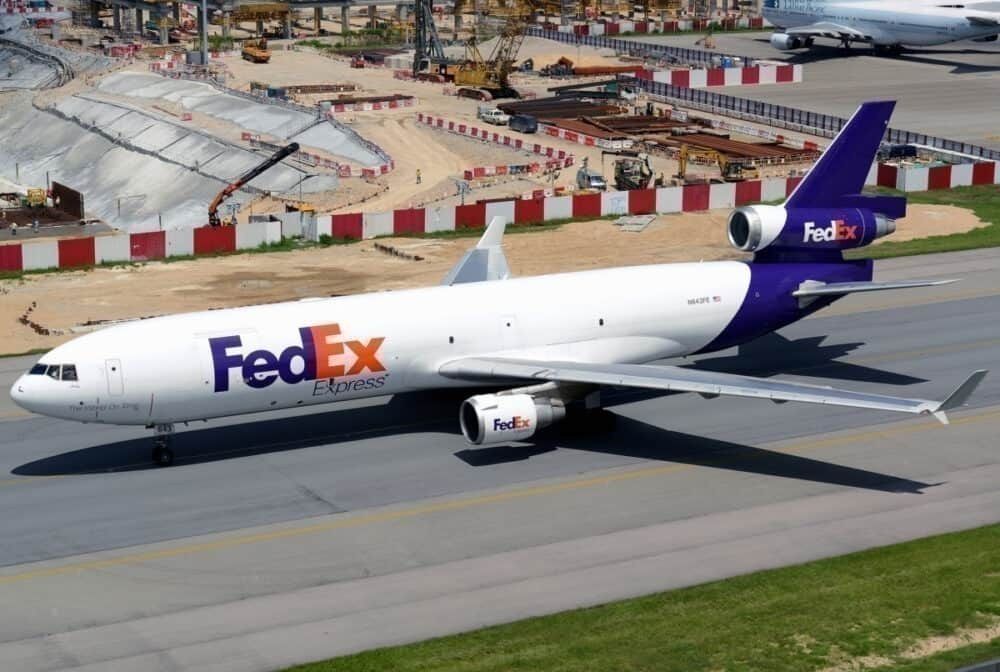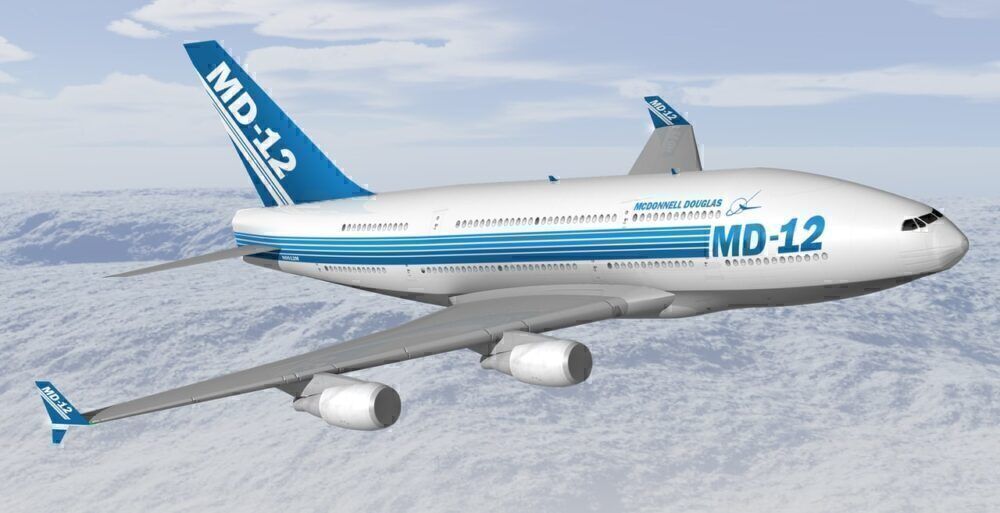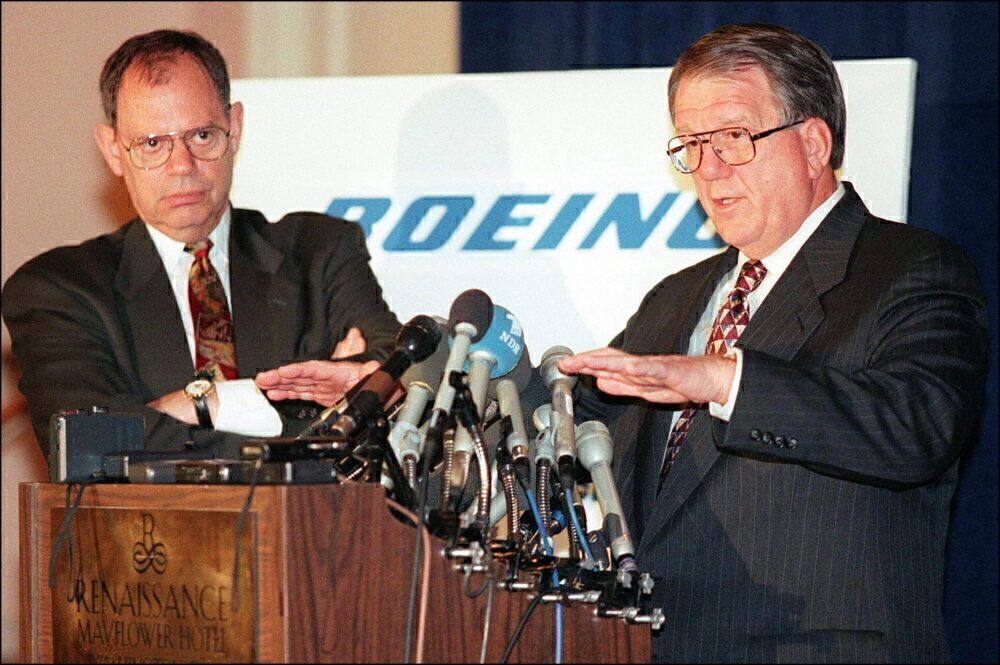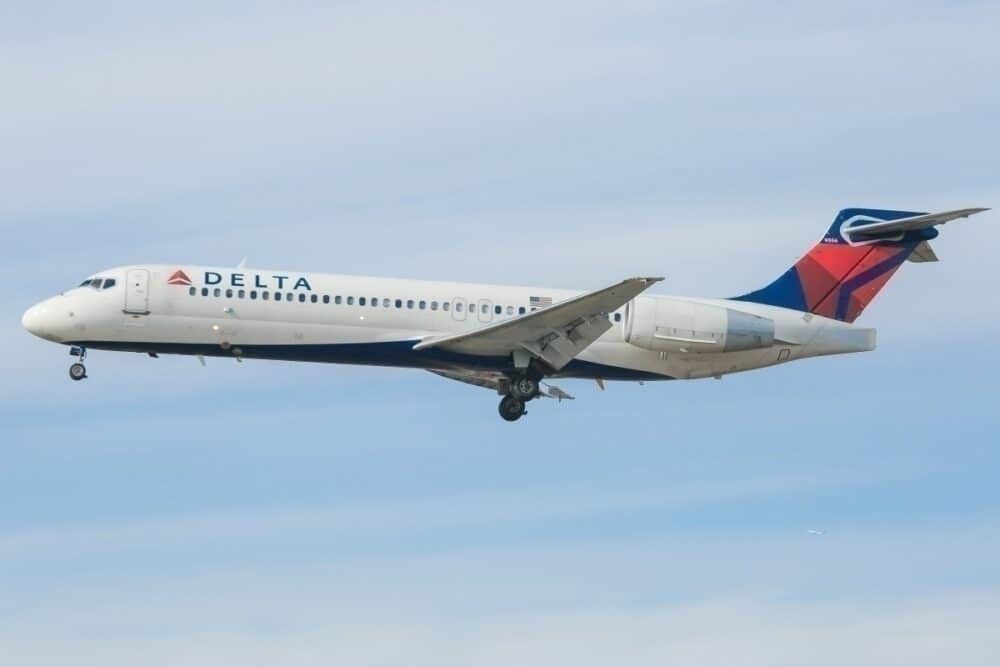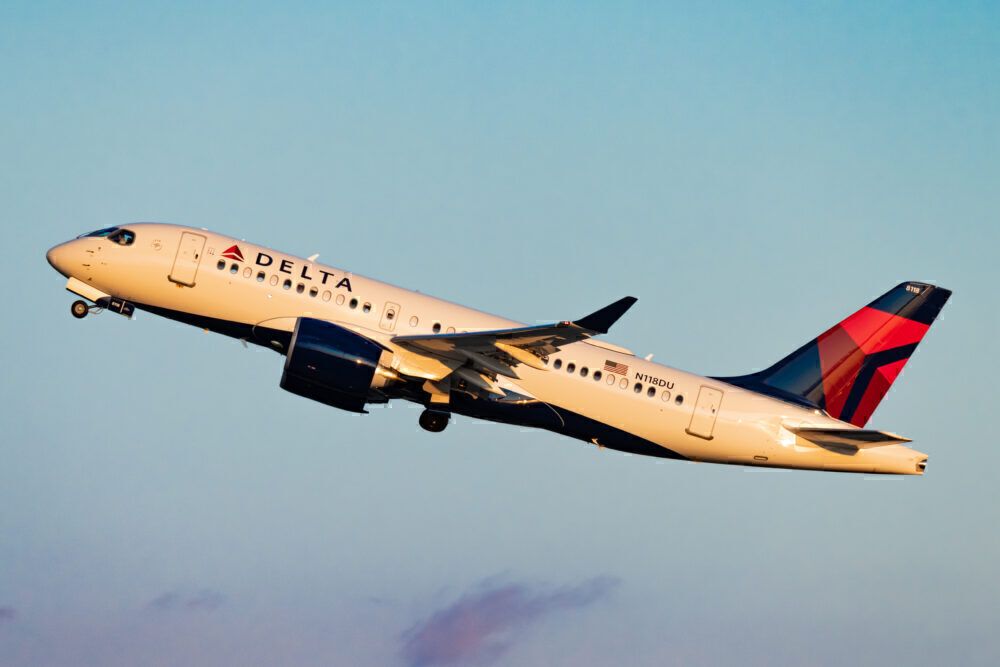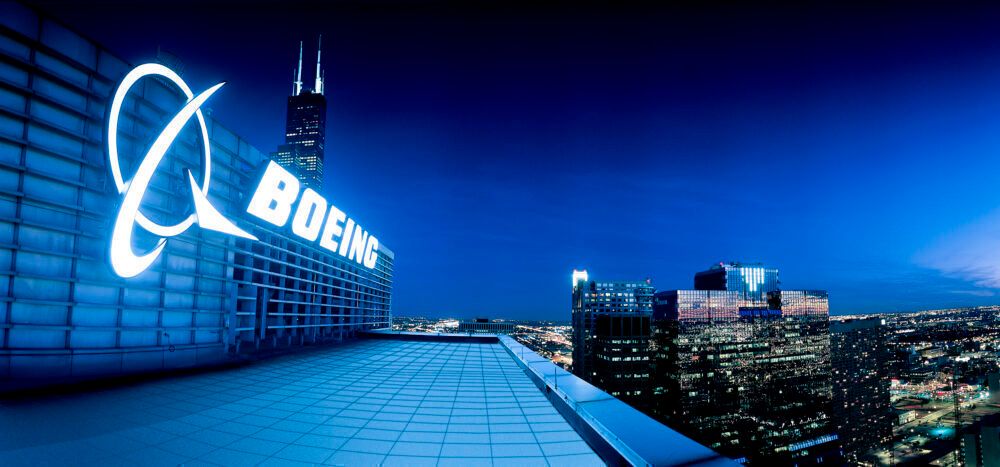McDonnell Douglas was a leading US manufacturer from 1967 until 1997. Its history, though, is more complicated than that, coming together from the merger of the two much older manufacturers and going on to merge with Boeing. It has played a significant role in aircraft and aviation development, competing in many ways over its lifetime.
McDonnell and Douglas - back to the 1920s
The story of McDonnell Douglas starts with two much older manufacturers. The Douglas Aircraft Company was formed in 1921 and was a major contributor to US aviation's early development. This included the first aerial circumnavigation of the world in 1924, using a Douglas World Cruiser aircraft. Douglas was a major military aircraft supplier during the Second World War and developed the series of DC commercial aircraft.
McDonnell Aircraft Corporation had a different focus. It was formed in 1939 and developed a series of military aircraft and contributions to the US space program. Like Douglas, it grew significantly during the Second World War, and this continued after - including the development of the popular Phantom II fighter.
Merging to form McDonnell Douglas
Douglas' success continued long after the Second World War. It moved into commercial jets, with the DC-8 launched in 1958 to compete with the Boeing 707. By the late 1960s, it was struggling financially, however.
Development costs for the DC-10, along with commitments to the Vietnam War, were taking their toll. The solution was a merger deal with McDonnell - taking several years to negotiate, it came into effect in April 1967.
The merger had come about due to Douglas' struggles at the time. But it made sense for both companies going forward. Douglas had strong commercial orders, and McDonnell brought revenue to service these. McDonnell had grown through military contracts but was exposed without a significant commercial operation.
Huge contributions to aviation and competition
From the 1970s to the 1990s, McDonnell Douglas made a leading contribution to aircraft development. Boeing, of course, was well established by the 1970s with the 7X7 series. Airbus, of course, the other leading manufacturer alongside Boeing today, was only just starting at that time.
Douglas had already gone up against Boeing with the DC-8. The DC-10 was planned to continue this and also compete strongly with the Lockheed L-1011 TriStar. With cash available, the merged company started production of the DC-10 in 1968, and it went on to outsell the L-1011.
Later aircraft switched to the renamed 'MD' series. The MD-80 (developed from the DC-9) first flew in 1980 with Swissair. Evolving through several variants, it remained in production until 1999 and was a serious competitor to the Boeing 737 and A320 family.
It is well remembered for its service with US airlines. American Airlines was the largest operator, with 360 aircraft at peak (40% of its fleet). The last was sadly retired in 2019.
The MD-90 continued the narrowbody competition with Boeing and Airbus. It offered a longer fuselage and more efficient engines to keep up with advances in the A320 family and the 737 Next Generation series. It launched with Delta Air Lines in 1995 but only had a short production run. The shorter MD-95 variant was kept following the merger with Boeing to become the Boeing 717.
Limited widebody success after the DC-10
Widebody development continued as well. The MD-11 trijet followed on from the DC-10 and launched with Finnair in 1990. It offered a longer fuselage, upgraded engines, and a glass cockpit.
It suffered several problems with safety and efficiency, though, and McDonnell Douglas only sold 200 aircraft. The Airbus A340, in comparison, managed 375 deliveries, and even that is often considered a partial failure (although from Airbus' point of view, it was mitigated by joint development alongside the A330). With less focus on efficiency, the MD-11 found more success in use with cargo airlines, where it remains popular today.
Interestingly, there was an attempt from McDonnell Douglas to go even larger. The 1980s and 1990s saw a lot of excitement around larger aircraft. Boeing, of course, had great success with the 747, and Airbus launched the A380 to take the concept further. McDonnell Douglas proposed the MD-12 in the early 1990s as its twin deck option. Despite interest from airlines, there were no orders.
Merger with Boeing in 1997
McDonnell Douglas had a great run with aircraft development, especially narrowbodies. This came to an end in 1997 with its merger with Boeing - but of course, much of the company lives on.
Plans for the merger began by the mid-1990s, but it was not made public until 1996. A major motivation was the growing Boeing order book against McDonnel Douglas's declining production and available capacity to manufacture.
Approval for the merger was granted, despite concerns from the European Commission over strengthening Boeing's position in supplying large jets. As concessions, Boeing agreed to cease exclusive supply deals and also to license patents to other manufacturers. The merger, of course, was not just about commercial aircraft. Boeing and McDonnell were also leading players in the defense sector, competing strongly with Lockheed Martin.
The companies merge
Despite the merger and loss of the McDonnell Douglas brand, much still remains. Following the merger, McDonell Douglas' President and CEO, Harry Stonecipher, became Boeing's Chief Operating Officer (later to become Boeing's CEO until 2005).
The personnel and cultural integration of the two companies was, of course, a major change. Bringing thousands of people together from two competing companies is never easy (in fact, it was from three companies, as Boeing acquired Rockwell around the same time). In an interview in 2000 with The Economist, then-President Philip Condit explained how, in his view, such integration was still only partially complete:
"It takes time. After all, they were bitter rivals. Each lot thought, since our product was better (human nature) when the other guy won it was only by playing dirty.... t's not about making everybody from McDonnell Douglas, Boeing or Rockwell happy, it's about making one new Boeing company with the best people in the best place."
Lasting legacy
As for aircraft, production of the MD-11 was soon ended (this made little sense against Boeing's widebody offering). The smaller variant of the MD-90, the MD-95, was retained, though. This became the Boeing 717 and gave Boeing a new offering in the smaller jet category.
This market has risen in importance recently with the slowdown seen in 2020 and into 2021. This is working well for regional manufacturers, such as Embraer. And Airbus has done well with the A220. The 717, though, has been out of production since 2006, leaving Boeing out of the smaller jet market.
And for a lasting reminder of Douglas Aircraft and McDonnell Douglas, take a look at Boeing's current logo. It was changed after the merger to integrate the two companies' previous logos. The retained globe image still reminds us of Douglas' early achievement in aerial circumnavigation.
Douglas Aircraft, McDonnell, and McDonnell Douglas have played an important part in aviation and aircraft evolution for 100 years. There is plenty to discuss about their contributions. Feel free to share your thoughts in the comments.

